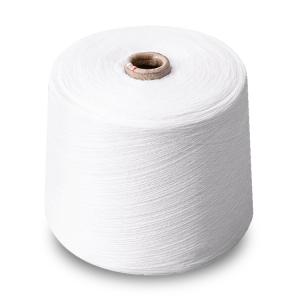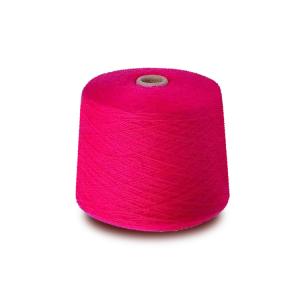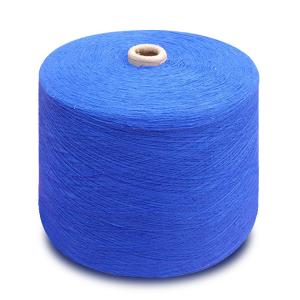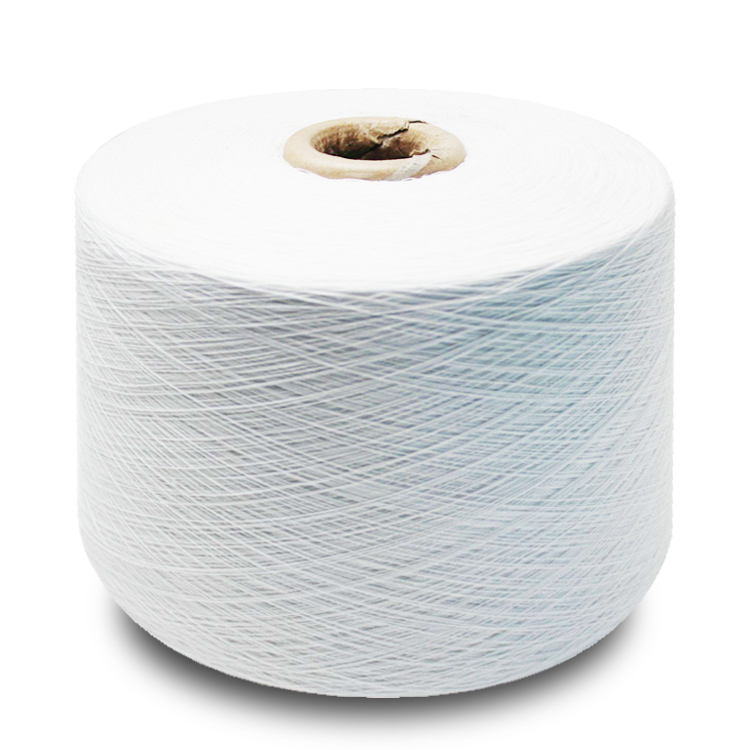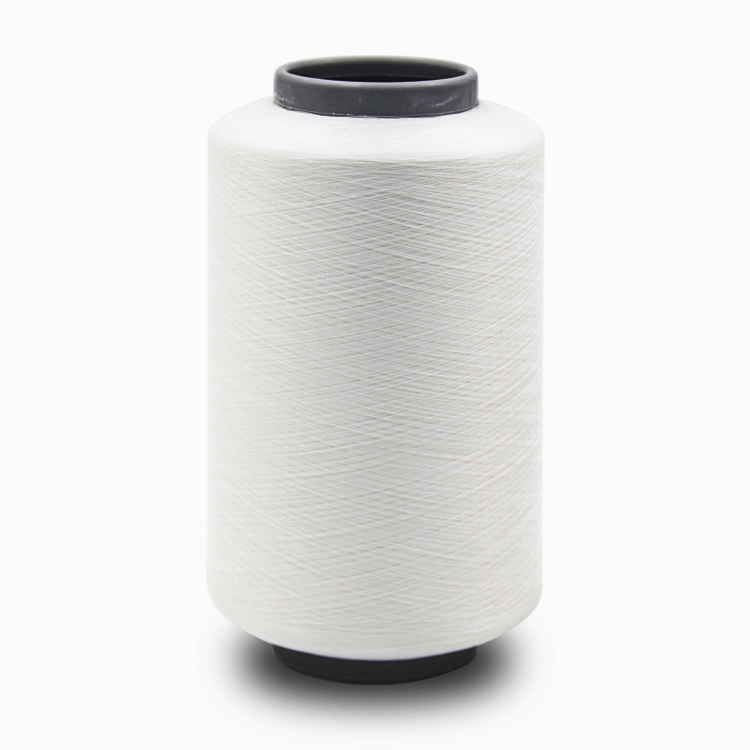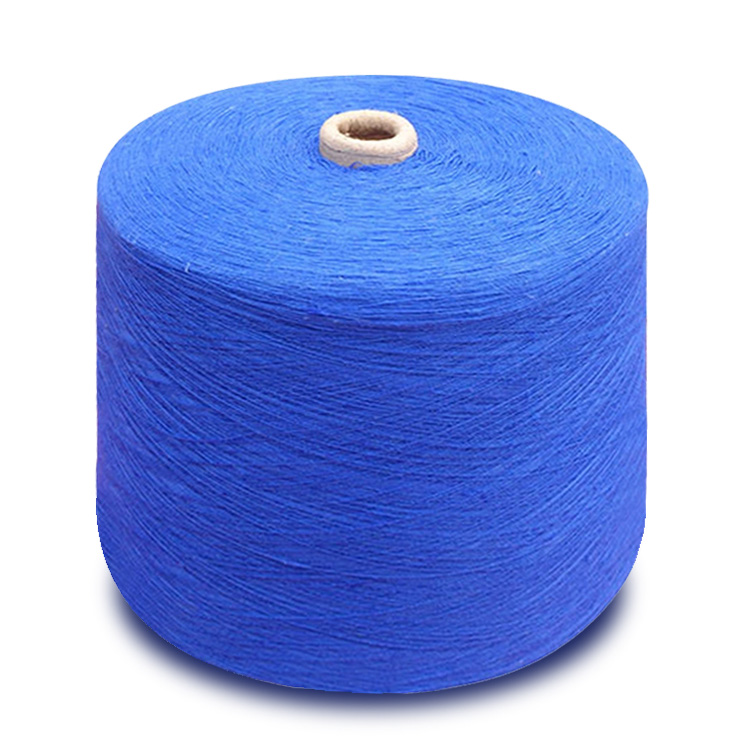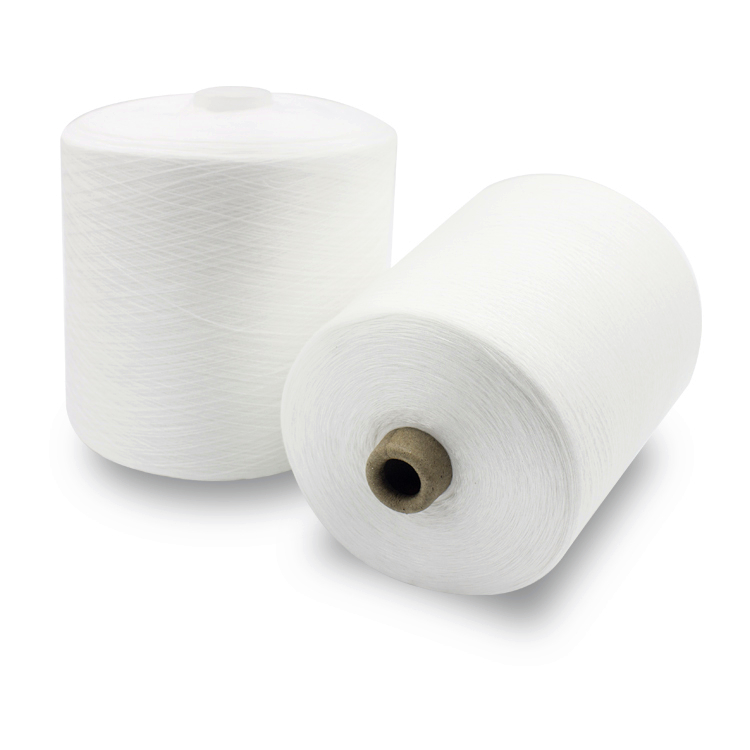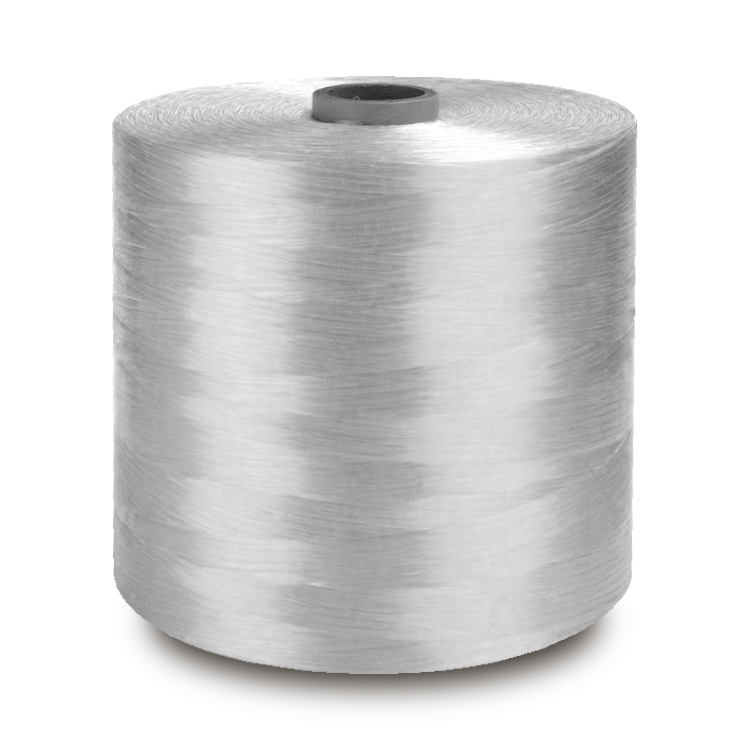Share to:
Related Products
Dyed 75 36 dty spun polyester yarn for sock knitting
LQ-0603
Price: From $0.66
Delivery time: 9-20 days after payment
MOQ: 500 KG
Material:100% Polyester, spandex 20D/30D/40D+polyester DTY
Pattern:Raw
Style:Core Spun Yarn
Technics:Ring spun
Yarn type:DTY
Feature:Anti-bacteria, Eco-friendly, recycled, high tenacity, anti-pilling, moisture-absorbent
Use:Weaving, knitting, hand knitting, sewing, knitted sweater, underwear, hat, gloves, socks, etc
Twist:350---500
Evenness:Excellent eveness
Yarn count:36F or customized
Strength:High tenacity
The mechanical properties of textile fibers spun yarn under various external forces, and the properties of deformation are called the mechanical properties of textile fibers spun yarn. External forces include tension, compression, bending, torsion, friction and other forms.The mechanical properties of textile fibers spun yarn should include strength, elongation, elasticity, wear resistance, modulus of elasticity, etc.
Fiber strength: Fiber spun yarn strength refers to the ability of fibers to resist damage by external forces, which largely determines the durability of textile spun yarn products. The strength of the fibers spun yarn can be expressed by the absolute strength of the fibers. It refers to the maximum load that the fibers spun yarn can bear until they break under the action of increasing load continuously.
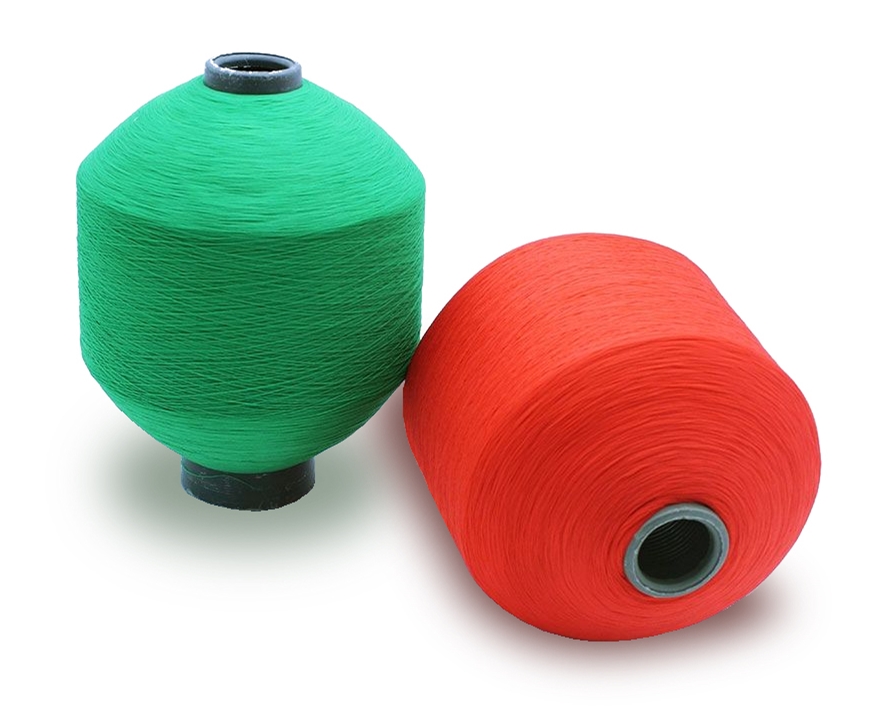
Its legal lecturer unit is Newton (N) or centimeter Newton (cN). In the past, it was customarily expressed as gram or kilogram force. Because the strength of the fibers spun yarn is related to the thickness of the fibers, the absolute strength of the fibers spun yarn of different sizes is not comparable. Therefore, the relative strength is often used to express the strength of the fibers spun yarn.
Relative strength refers to the maximum tensile force per unit linear density (per specific or per denier) of fibers spun yarn. The legal unit of measurement is N/tex or cN/tex. In the past, it was customary to use Kri/Dan. Elasticity of fibers spun yarn: Fibers spun yarn and their products are subjected to external forces in processing and use, and produce corresponding deformation.
When the effect of external force is removed, one part of the deformation of the fiber spun yarn can be restored, while the other part of the deformation will not be restored. According to this characteristic of fibers spun yarn, the deformation of fibers spun yarn can be divided into three parts, that is, the part that can be recovered immediately after the removal of external force is called acute elastic deformation; the part that can be recovered slowly after the removal of external force is called slow elastic deformation; and the part that can not be recovered after the removal of external force is called plastic deformation. The elasticity of fibers spun yarn refers to the resilience of deformed fibers spun yarn.
The elastic recovery rate, or resilience rate, is a commonly used index to indicate the elasticity of fibers. It refers to the percentage of rapid elastic deformation and slow elastic deformation of a certain time to total deformation. If the elastic recovery rate of the fibers spun yarn is high, the elasticity of the fibers spun yarn is good and the ability of deformation recovery is strong.
Textiles made of elastic fibers spun yarn have good dimensional stability, are not easy to wrinkle during wearing, and are relatively wear-resistant. For example, polyester has excellent elasticity, and the clothing made of polyester has the characteristics of stiffness and wear resistance. Wear resistance of fibers spun yarn: The wear of fibers and their products is caused by continuous friction during processing and practical use.
The wear resistance of fibers spun yarn refers to the ability of the fibers spun yarn to withstand external wear. The wear resistance of fibers spun yarn is closely related to the fastness of their textile products.Wear resistance is an important index of wearability of clothing fabrics spun yarn. The wear resistance of the fibers is related to the macromolecular structure, supramolecular structure, elongation at break and elasticity of the fibers spun yarn.The order of wear resistance of common fibers spun yarn is as follows: nylon ; Polypropylene ; vinylon ; polyethylene ; polyester ; acrylic ; polyvinyl chloride ; wool ; Silk ; Cotton ; Hemp ; high strength fiber copper & spandex fiber viscose acetate fiberglass fiber.
Elastic modulus of fibers spun yarn: The elastic modulus of fibers spun yarn is also called "initial modulus". It refers to the ratio of stress to strain at the beginning of a straight line on the tensile curve of fibers spun yarn.
In practical calculation, the elastic modulus of the fibers spun yarn can be obtained from the point where the elongation is 1 on the load elongation curve. The elastic modulus of fibers spun yarn indicates the degree of difficulty of fibers spun yarn under small loads. It reflects the rigidity of fibers spun yarn and is closely related to the properties of fabrics spun yarn.
When other conditions are the same, the fabric will be stiff if the elastic modulus of the fibers spun yarn is large, whereas the fabric will be soft if the elastic modulus is small.
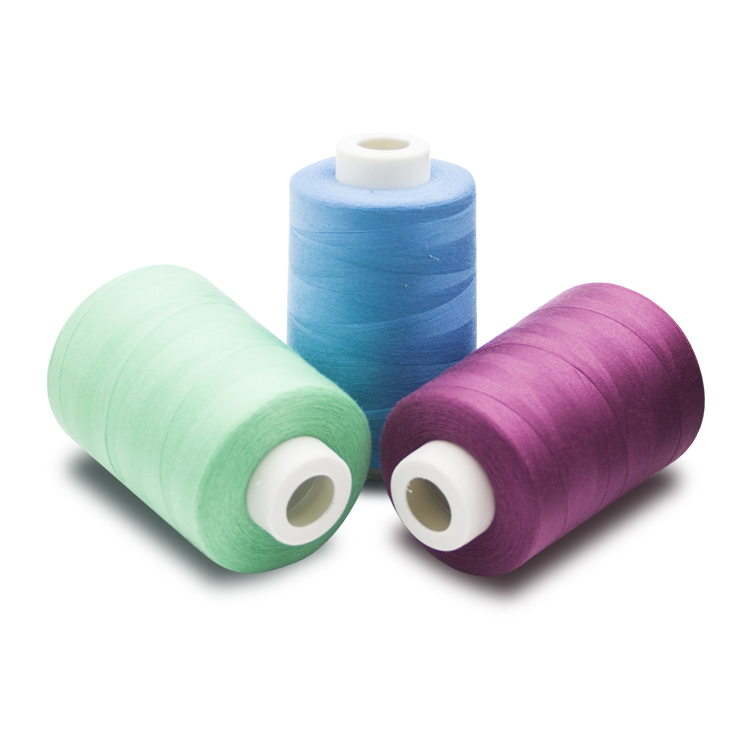
Twisting is the relative rotation of the two cross sections of the spun yarn.
At this time, the fibers spun yarn in the yarn that are parallel to the spun yarn axis are inclined to helix. For staple fibers spun yarn, twisting is mainly to improve spun yarn strength. The twisting of filament can not only improve the strength of spun yarn, but also produce some effect. The number of twists of spun yarns and the combination of twist and twist of spun yarns in fabrics have a great influence on the appearance and properties of products.
Twisting properties include twist degree, twist coefficient and twist direction.
The twist angle of the twist spun yarn twists one circle into one twist. The number of twists per unit length of spun yarn is called twist. China's cotton spun yarns are twisted by special number, i.e. the twist number within 10 cm spun yarn length; combed wool yarns and chemical filaments are twisted by metric count, i.e. the number of twists per meter; in addition, there are British count twists expressed by the number of twists per inch.
Twist coefficient twist can not be used to compare the twist degree of different roving spun yarns, because at the same twist, roving yarn has a greater tilt than fine spun yarn. In practical production, twist coefficient is often used to express the twist degree of spun yarn. Twist coefficient is the relative value of the twist degree of yarn expressed by the linear density, which can be used to compare the twist degree of different roving spun yarns. Twist coefficient can be calculated according to twist and yarn density.
Twist direction refers to the inclined direction of the single spun yarn in the single yarn or the single spun yarn in the ply spun yarn after twisting. It is divided into Z twist and S twist.
After twisting, the twist direction of spun yarn tends to the upper left corner from the lower right corner, and the tilt direction is consistent with the middle of "S", which is called S twist or smoothly twist; the twist direction of spun yarn tends to the upper right corner from the lower left corner, and the tilt direction is consistent with the middle of "Z", which is called Z twist or backhand twist. Z twist is often used in single spun yarn and S twist is used in ply spun yarn. The twist direction of ply spun yarn is expressed by the twist direction of successive twisting.
For example, the twist direction of single spun yarn with Z twist, first twist with S twist and double twist with Z twist is expressed as ZSZ. The twist direction of spun yarn has a great influence on the appearance and handle of the fabric. By using the twist direction of warp and weft yarn to match the fabric structure, the fabric with different appearance and handle can be woven.
Hygroscopicity textile fibers placed in the air, will continue to exchange water vapor with the air, that is, textile fibers constantly absorb water vapor in the air, but also constantly emit water vapor into the air.
The performance of textile fibers in absorbing or releasing water vapor is called moisture absorption of fibers spun yarn.
Hygroscopicity of textile fibers spun yarn is one of the important physical properties of textile fibers.
The hygroscopicity of textile fibers spun yarn has a certain influence on the shape, size, weight and physical and mechanical properties of textile fibers spun yarn, thus affecting their processing and use properties. The moisture absorption capacity of textile fibers spun yarn also directly affects the wearing comfort of clothing fabrics spun yarn. The fibers with high moisture absorption ability can easily absorb sweat discharged from human body, regulate body temperature, relieve the feeling of dampness and make people feel comfortable. Therefore, attention should be paid to the hygroscopicity of fibers spun yarn in commercial trade, fiber performance testing, textile processing and textile selection.
Among the common textile fibers spun yarn, wool, linen, viscose fiber, silk, cotton and other hygroscopicity is stronger, while synthetic fibers generally have poor hygroscopicity. Among them, vinylon and nylon have better hygroscopicity, acrylic fibers spun yarn are worse, polyester fibers spun yarn are worse, and polypropylene and polyvinyl chloride fibers spun yarns are hardly hygroscopic.At present, synthetic fibers spun yarns with poor hygroscopicity are often blended with natural fibers spun yarn or viscose fibers with strong hygroscopicity to improve the hygroscopicity of fabrics spun yarn.In the hygroscopicity of fibers spun yarn, besides hygroscopicity, the hygroscopicity of fibers is also closely related to the wearing comfort of clothing fabrics spun yarn.Water absorption of fibers spun yarn refers to the ability of fibers spun yarn to absorb liquid water.
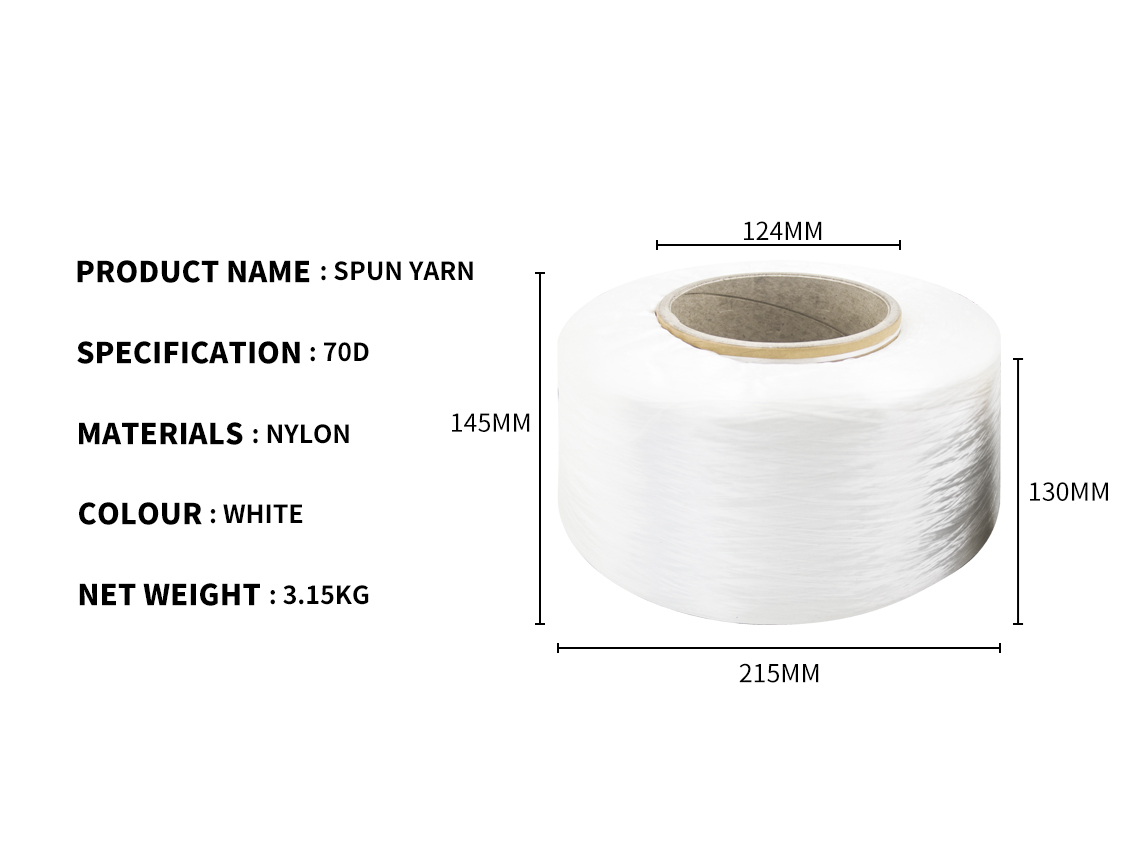

_1_64_1572503663.jpg)
